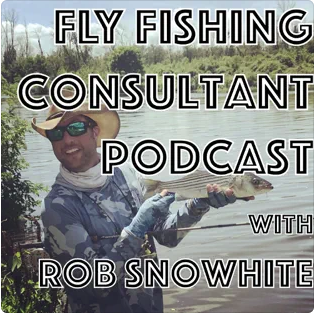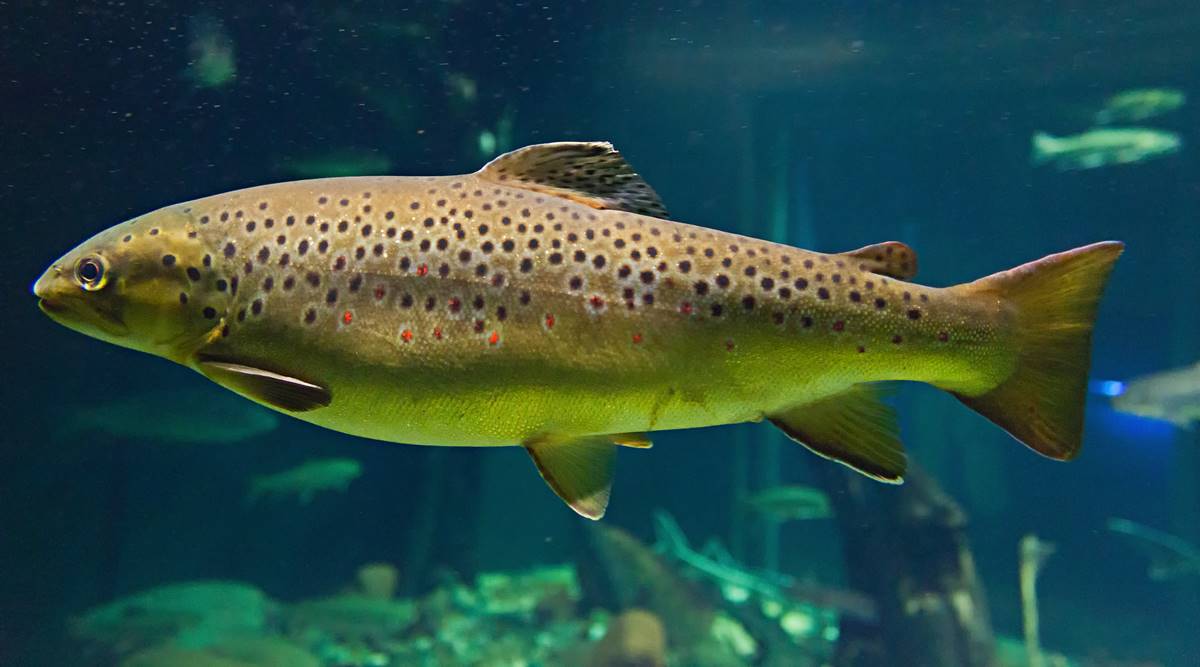Fish Sticks
Well-known member
Heres a literature review I did essentially explaining the research behind why brown trout are an invasive species focused on brook trout. None of this is my own Its federal science agencies and academics published in peer reviewed fisheries journals.

PA NFC Board Member James Suleski Talks Brook Trout with Rob Snowhite — Native Fish Coalition
Pennsylvania NFC board member Dr. James Suleski talks brook trout with Rob Snowhite on Fly Fishing Consultant podcast.…nativefishcoalition.org
This describes brown trout as an invasive species with alot of its negative impacts in the united states.
This is the link to the IUCN top 100 worlds worst alien invasive species list. Salmo trutta number 82.
Texas invasive species institute talking about their invasive classification and harms
Invasivr brown trout harming Himalayan snow trout

Exotic brown trout threatening native Himalayan fish species: study
The research team found that the invasive brown trout was forcing the native species to move upstream towards headwaters or the source of the river.indianexpress.com
View attachment 1641226176
Likely harming state amphibian( Hellbenders) which is backed up by peter petokas at lycoming university.
https://www.researchgate.net/public...cognition_and_the_Problem_of_Introduced_Trout
Invasive harm against native galaxids and harmful trophic cascades altering macro inverts causing algal blooms.
Feel free to post more of your own opinions and tackle shop talk disproven by fisheries research below.

Invasion biology and ecological impacts of brown trout Salmo trutta in New Zealand
Brown trout Salmo trutta were introduced to New Zealand in 1867. Successful establishment was broadly predictable in terms both of the characteristics…
 www.sciencedirect.com
www.sciencedirect.com



